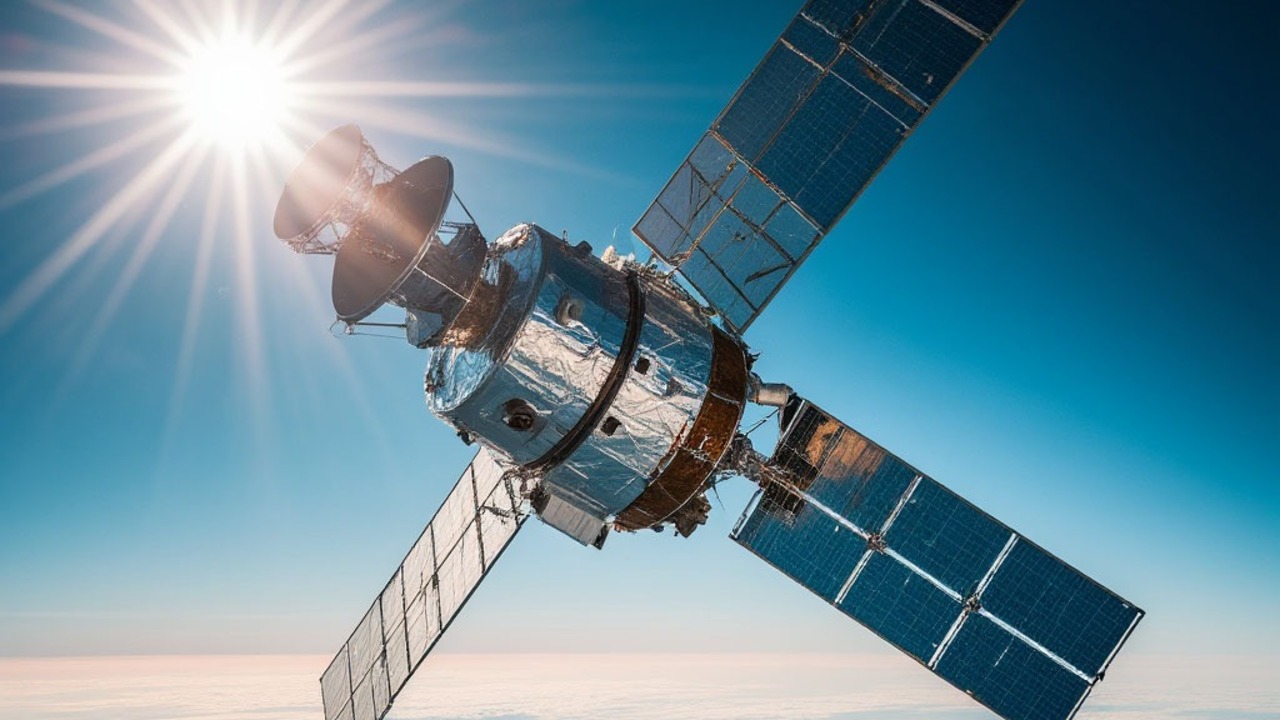For NASA, a potentially dangerous asteroid (PHA) is defined as a space rock that is at least 140 meters in diameter and whose orbit takes it 0.05 astronomical units (AU) or 19.5 lunar distances from Earth, equivalent to approximately 7.48 million kilometers.
Scoring an asteroid as a PHA takes into account its current and future approach potential. This doesn’t mean it’s an imminent collision or that the object will one day hit our planet, but it does mean it has the potential to come dangerously close. That is why all PHAs are constantly monitored by the American space agency. Explore below the current rankings of the most dangerous asteroids according to NASA.
The 5 most dangerous asteroids for planet Earth
1. Bennu
Discovered in September 1999, the asteroid Bennu, with a diameter of approximately 490 meters and a mass of 67 million tons, is the PHA with the highest known risk of hitting the Earth today. However, the meeting is only supposed to take place in the 22nd century (September 24, 2182). Still, the chance of this happening is 0.037%, or one in 2,700.
Named after an Egyptian god associated with Osiris, the god of death and resurrection, this asteroid’s official name is 101955 Bennu (1999 RQ36) and may have separated from a larger asteroid in the past. On September 24, 2023, Bennu visited by NASA’s OSIRIS-REx spacecraft He collected samples of its rough, rocky soil.
Rocks analyzed on Earth have revealed the building blocks of life, such as minerals containing the amino acid glycine and water. If it hits Earth, Bennu could release energy equivalent to 1.4 billion tons of TNT. This would cause significant destruction at the impact site, but would not have the potential for a global impact.
2. 29075 (1950 DA)
29075 (1950 DA), the asteroid with the second highest risk of hitting Earth, was discovered on February 23, 1950, but had disappeared from view until it was rediscovered in 2000. This is an Apollo asteroid, meaning it passes through Earth’s orbit. Earth, which makes it potentially dangerous. Its diameter varies between 1.1 and 1.3 km and its mass is estimated to be 71 tonnes.
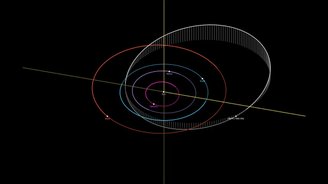
possibility of The asteroid that hit Earth in 1950 was extremely low (The risk, recently reassessed by NASA, is 1 in 30 thousand), while the possible impact was only predicted in 2880.
If this happens, the asteroid could release energy from up to 75 billion tons of TNT. enough to cause global destruction and threaten the survival of humanity.
3. 2023 FP4
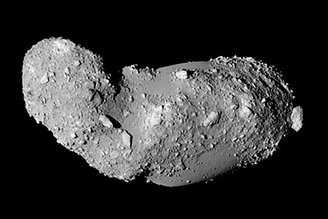
Discovered in October 2023, asteroid 2023 TL4 quickly became one of the most potentially dangerous asteroids due to its orbital orbit. It is approximately 330 meters in diameter, has an estimated mass of 43 million tonnes, and has a 0.00055% (or 1 in 181,000) chance of hitting Earth on October 10, 2119.
The magnitude of a TL4 collision with our planet in 2023 will release energy equivalent to 7.5 billion tons of TNT and cause great destruction in the impact area. However, since this is very unlikely, But a new discovery is that scientists are constantly monitoring to improve their predictions for the future..
I also know that:
4. 2007 FT3
The probability of asteroid 2007 FT3, with an estimated diameter between 266 and 594 meters and a mass of 49 million tonnes, hitting Earth on October 5, 2024 was 0.0000087%, or 1 in 11.5 million. Another estimate puts it at 0.0000096%. The chance of this happening on March 3, 2030 is 1 in 10 million.
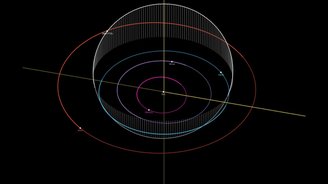
When it was discovered in 2007, it could only be seen for 1.2 days. this reduced the precision of orbital calculations and gave it the title of “lost asteroid”. Currently, NASA experts say that the actual risk of collision between 2007 FT3 and Earth is very low, ruling out the possibility of an imminent collision.
If it occurred, it would not cause global catastrophe, but could cause a major regional catastrophic event with the release of energy equivalent to 2.6 billion tonnes of TNT and a possible planetary climate impact.
5.XB 1979
Another asteroid that can be considered “lost” is the 1979 XB asteroid. Compared to smaller, larger asteroids, it is larger than 97% of other known space rocks, with an estimated diameter of 700 meters and a mass of 390 million tonnes.
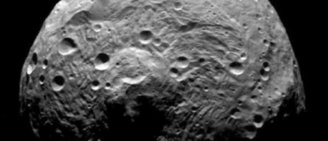
After being discovered in Australia in December 1979, it is currently in an unknown orbit beyond all current tracking and catalogue. making it a constant source of concern for astronomers and planetary defense programs.
During its brief observation in 1979, asteroid 1979 contained 30 billion tons of TNT.
Did you like the content? Stay up to date with more astronomical curiosities like this on TecMundo and take the opportunity to share the article on your social networks. Until later!
Source: Tec Mundo
I’m Blaine Morgan, an experienced journalist and writer with over 8 years of experience in the tech industry. My expertise lies in writing about technology news and trends, covering everything from cutting-edge gadgets to emerging software developments. I’ve written for several leading publications including Gadget Onus where I am an author.





